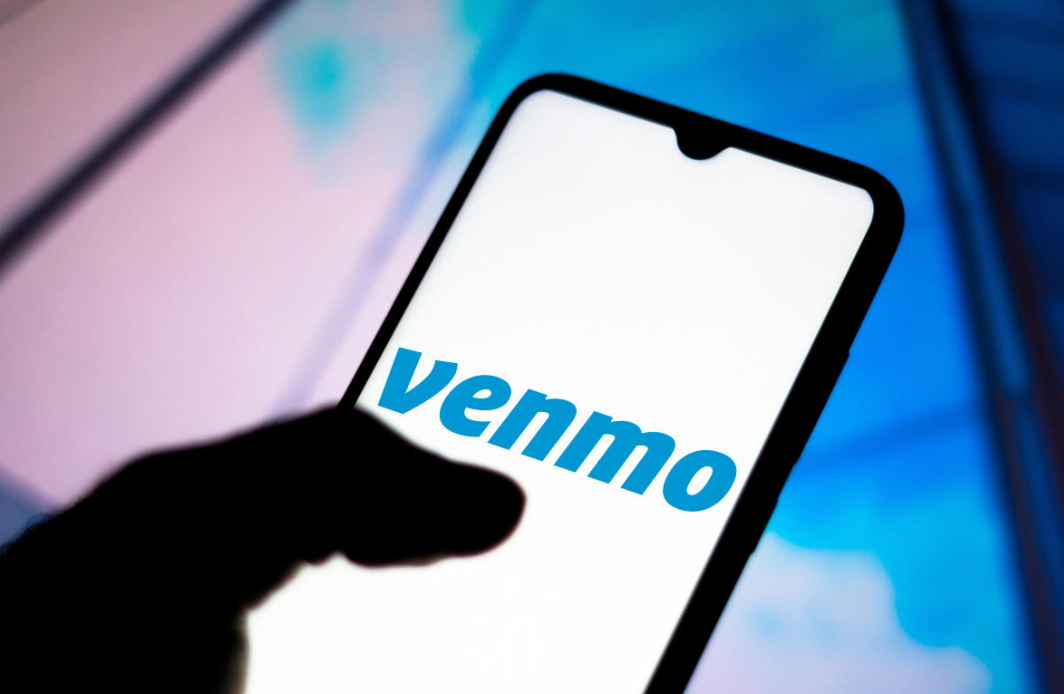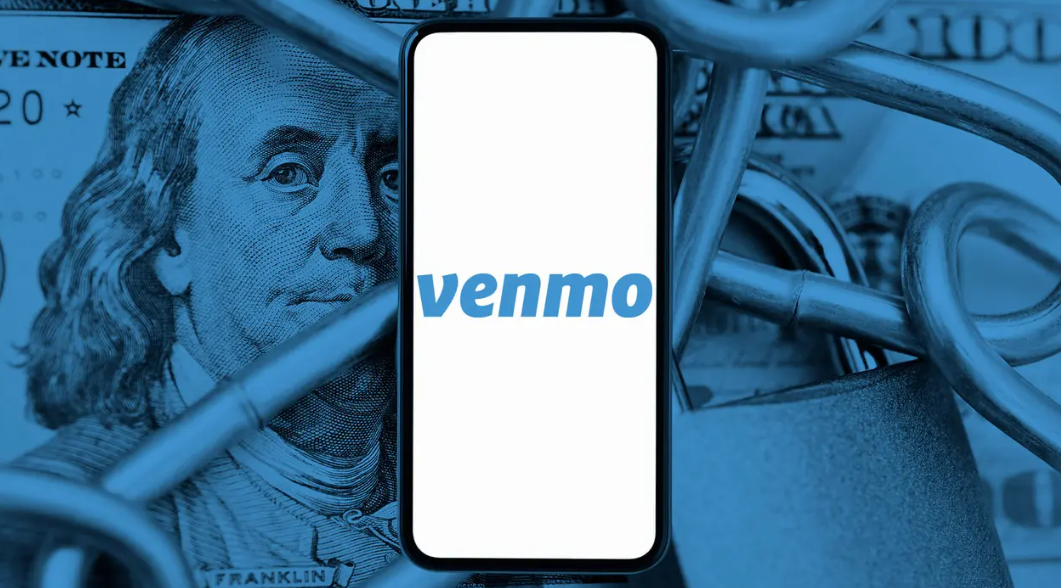Venmo is a popular mobile payment app owned by PayPal. Its primary function is to enable users to send and receive money seamlessly. The app connects to a user’s bank account or debit card to facilitate transactions, and money can either be kept in the Venmo account for future use or transferred to a linked bank account. It’s widely used for splitting bills, paying rent, or settling up with friends after a night out. Understanding how Venmo works can help users make the most of its features. To use Venmo, you have to download the app, create an account, and link it to your bank account or card. You can then send or request money from other users by typing their username, phone number, or scanning their QR code.
As much as Venmo offers convenience, it also puts a high priority on safety. It employs bank-level encryption to protect users’ financial information and monitors transactions to detect suspicious activity. One of the safety features Venmo has is the option to set up a PIN code for mobile application. This is an extra layer of security when you want to make a transaction. In terms of privacy, Venmo lets users decide who can see their transactions.
There are three options: public, friends, and participants only. Users can also block other users if necessary. Furthermore, Venmo has a feature called Purchase Protection, which can help users when they pay for something, but it doesn’t arrive or it does not match its description. It’s important to note that while these safety features help protect users, they should also take personal measures such as using secure Wi-Fi, updating the app regularly, and not sharing personal information to ensure their Venmo experience is secure.

Venmo: A Convenient Way to Transfer Money to Individuals and Businesses
Venmo has revolutionized the way we transfer money, making it exceptionally convenient for both individuals and businesses. This digital platform, owned by PayPal, enables users to send and receive funds through a mobile app. It has become a popular choice for those who appreciate its simplicity and speed. With Venmo, transferring money is just a matter of a few taps on your smartphone. It’s as easy as selecting a contact, entering an amount, and hitting send.
Businesses have also embraced Ven good as a preferred payment method. It streamlines transactions, making them faster and more efficient. For small businesses and entrepreneurs, Venmo serves as a cost-effective solution for payment processing. It eliminates the need for physical point-of-sale systems and reduces the time spent on manual record-keeping.
Moreover, Venmo has a social component that distinguishes it from other payment platforms. Users can share their transactions with their friends, which adds a fun, social media-like aspect to the app. While some might view this feature as unnecessary, it does foster a sense of community and transparency among users.
The convenience of Venmo is not without its potential pitfalls, however. It’s essential for users to understand the platform’s privacy settings to avoid sharing sensitive information unintentionally. Furthermore, users should be cautious when sending money to unknown or unverified contacts to prevent scams.
In a society that is increasingly going cashless, Venmo provides a handy alternative to traditional money transfer methods. It’s a testament to how technology can simplify our daily transactions, making them faster, easier, and more efficient. As the platform continues to evolve, it’s exciting to see what new features and improvements Venmo will introduce to further enhance the user experience.
In conclusion, Venmo serves as a convenient way to transfer money for individuals and businesses. Its simplicity, speed, and social elements make it a unique and popular choice among other digital payment platforms. However, like any other technology, it’s crucial for users to be aware of its potential risks and take necessary precautions to ensure their transactions are safe and secure.
How Venmo Operates: A Detailed Overview
Venmo, a mobile payment service owned by PayPal, operates by allowing users to transfer funds directly from their Venmo balance to others through a mobile app. It’s designed to facilitate quick and simple money transactions among friends, family, or other contacts. Venmo operates on a digital platform, which means you can access your account from anywhere, at any time using your smartphone. To use Venmo, you first need to create an account by providing an email address or connecting through Facebook. After that, you can link your bank account, debit, or credit card to your Venmo account.
The heart of Venmo’s operations lies in its ability to make peer-to-peer payments. Users can pay or request money from their contacts. When a user receives a payment, the funds are added to their Venmo balance. They can then either use these funds to make payments or transfer them to a linked bank account. It’s also worth mentioning that Venmo includes a social aspect to its operations. Every transaction made can come with a note, much like a memo line on a check. These notes, along with the user’s name, are viewable on a public feed unless privacy settings are adjusted.
Venmo operates on a freemium model. It is free to use when linked to a bank account, a Venmo balance, or a major debit card. However, there is a standard 3% fee on payments made with a credit card. Venmo also offers a Mastercard debit card that users can apply for, which allows them to make purchases directly from their Venmo balance. In essence, Venmo is a simple, convenient, and user-friendly mobile payment service that makes transferring funds quick and easy.

Venmo Transfer Limits: How Much Can You Send?
Venmo, a popular mobile payment service, has established transfer limits to regulate the flow of transactions within its system. The standard limit for a verified account is $4,999.99 per week for person-to-person payments, and the same amount for authorized merchant payments and Venmo Mastercard Debit Card transactions. However, unverified accounts have a smaller limit, capped at $299.99 per week. It is important to note that these limits are subject to change at Venmo’s discretion and can vary depending on the account’s behavior or other factors deemed relevant by Venmo.
Users who wish to transfer larger amounts might need to verify their identity by providing additional information such as their zip code, last four digits of their social security number, and birthdate. Once this verification process is complete, the user’s Venmo transfer limit will increase. These limitations are not just for sending money, but also for receiving funds. The maximum limit a user can receive is $30,000 in a single day.
It is crucial for all Venmo users to be aware of these limits to avoid any inconveniences during transactions. It’s also worth mentioning that Venmo does not allow international transactions, only within the United States. As such, you can only send money to other Venmo users, and not to bank accounts directly. If you wish to transfer your Venmo balance to your bank account, you need to initiate a separate bank transfer, which also has its own set of rules and limitations.
Costs Associated with Using Venmo
Venmo, a popular mobile payment service, offers convenience, simplicity, and a social way to exchange money with friends or pay for services. However, there are costs associated with using the app. One major cost is associated with instant transfers. While sending money from your Venmo balance to your bank account usually takes one to three business days at no cost, instant transfers — which deliver funds in 30 minutes or less — come with a 1% fee, capped at $10.
This can add up over time, particularly for frequent users. Another cost is tied to credit card usage. Venmo applies a 3% fee to transactions if you send money using a credit card, while receiving money into your Venmo account or using a linked bank account or debit card is free. Notably, businesses that choose to accept Venmo payments are charged a 2.9% fee plus an additional $.30 per transaction.
Additionally, Venmo uses a data network to operate, so if you’re using it on mobile data, it could contribute to your monthly data expenses. Lastly, while not a direct financial cost, there is the cost of potential privacy concerns. Venmo transactions are public by default, meaning they can be seen by anyone, unless you manually change your settings to private. Overall, while Venmo offers a lot of convenience, it’s important to be aware of the costs associated with its use.

Evaluating the Safety of Using Venmo
Venmo, a peer-to-peer payment app owned by PayPal, has become increasingly popular due to its simplicity and ease of use. However, it has also raised legitimate concerns about the safety and security of its users’ financial information. When evaluating the safety of using Venmo, several factors should be considered. First, Venmo encrypts all of its users’ financial information to ensure that it is not easily accessible to unauthorized individuals. However, this does not mean that it is completely immune to cyber-attacks.
There have been instances of accounts being hacked and money being stolen, despite Venmo’s security measures. Secondly, Venmo’s default settings share users’ transaction details on its social feed, which can be a privacy concern for some. It is possible to change these settings, but many users are not aware of this. Additionally, Venmo does not offer buyer or seller protection, meaning if a transaction goes awry, there is no guarantee of getting your money back.
This lack of protection can be particularly risky when using Venmo to pay individuals you do not know or trust. Finally, while Venmo uses bank-level security measures and is compliant with the Payment Card Industry Data Security Standard (PCI-DSS), it is not FDIC insured. This means that if Venmo were to go out of business, users would not be guaranteed to get their money back. Therefore, while Venmo can be a convenient way to send and receive money, users should be aware of its potential risks and take steps to protect their financial information.
